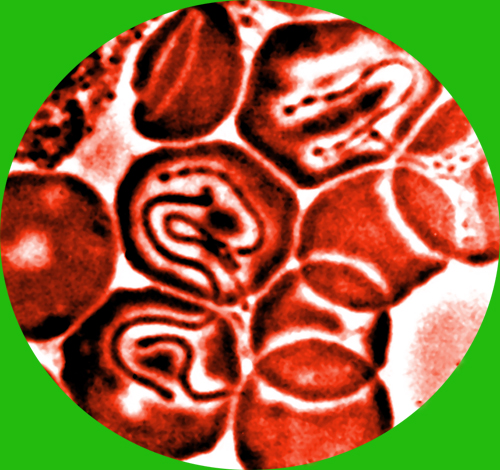
Oslo University biologists Morten Laane and Ivar Mysterud have discovered a method to identify Borrelia bacteria in the blood samples of patients, many of them seriously or chronically ill. Their experiments show that virtually all Borrelia bacteria are capable of changing into cyst forms within an hour and that antibiotic medication is then unable to destroy them. A larger research project based on their microscopy techniques is planned in 2014. Dr. Bjorn Overbye is a GP, author, Lyme expert and a Borrelia victim who has studied the disease for years. ILADS member Dr. Alina Maftei Thordarson has studied Lyme disease at the Norsk Borreliose Senter and the Borreliose Centrum Augsburg. Children’s book publisher and consultant Veronica Zimmer got involved in tick borne infections after her son was struck by Lyme disease and co-infections in fall, 2011. Bjorn Eirik Westby is an IBM business executive who has been diagnosed with Lyme disease as well as Mycoplasma and Multiple Sclerosis. They all join me today for the seventh article in my global series – Ticks.
What is the annual incidence of Lyme disease in Norway?
Dr. Alina Thordarson: Official sources from “Folkehelseinstitut” show a varying annual incidence between 255 and 346. The real incidence is much higher.
Veronica and Bjorn: Officially, the number is just over 300, but even officials clearly admit the statistics do not show the real number of cases. Considering that the neighboring numbers from Sweden are around 10,000 new cases per year, the incidence for Norway ought to be at least 5000 per year. It’s a shocking fact that cats and dogs are getting much better tests for Lyme than human beings. Another intriguing fact is that Lyme kills far more sheep than wild animals such as wolves. Why do doctors still claim Lyme is not harmful?

Would you comment on the annual incidence of any of the other tick-borne illnesses that are endemic in Norway?
Dr. Alina Thordarson: Tick-borne encephalitis had an incidence of 10-13 in the past 4 years and 7 in 2012.
Veronica and Bjorn: There seems to be non-reporting of diseases like Babesiosis, Bartonella and Ehrlichia.
Do you have a reliable test for Lyme disease in Norway? If not, do you know of a diagnostic test in development?
Veronica and Bjorn: No. The ELISA test clearly shows under-reported numbers – at least 50% of those tested show they do have Lyme, but of those they do find positive, there is a secondary test. Quite often this test shows up negatively.
Dr. Alina Thordarson: The common tests are ELISA, Immunoblot and Westernblot tests that have a sensitivity between 40 – 60%. A Spinal fluid test is used if Neuroborreliosis is suspected. PCR from a skin biopsy has a very high sensitivity but it is not frequently used. PCR in joint liquid is used very little. The commonly used tests do not have high sensitivity or specificity. I am not aware of any tests in development in the public system right now.
What does Chronic Lyme mean to you?
Veronica and Bjorn: If a correct test were given early in this disease, it is quite likely that the patient would get treatment early. Many patients do not get tested early and are therefore forced into a state of Chronic Lyme. So the longer it takes for treatment to start, the more years of treatment will lie ahead.
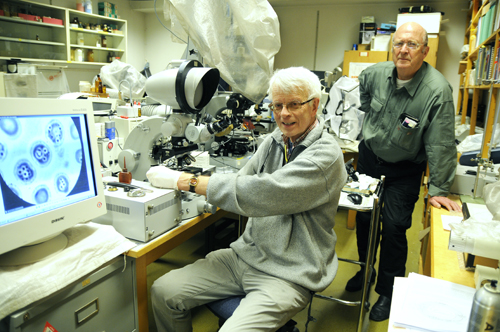
Drs. Mysterud and Laane – How does your approach to testing and findings differ from the published blood analysis research that has been done for Borrelia to date?
Our method differs from others in its simplicity and low costs. The needs for fast and simple methods are overwhelming, as DNA or immune methods, unfortunately, meet many unexpected technical problems, and often fail.
Our method is based upon live blood microscopy. Bacteria become visible by optical changes involving refraction index, swelling and spreading of cells, which result in inflated structures well above the optical resolution capacities for a light microscope. Phase-contrast microscopy is used. The main trick is spreading the red blood cells apart in an anoxic salt solution so that even very thin bacteria become visible against the diluted blood plasma. The method is useful not only for spirochetes, but also other bacteria, apicomplex parasites, microfilaria, fungi, etc.
It’s noteworthy that similar methods led Antonie van Leeuwenhoek, a Dutch tradesman and amateur scientist, to discover spirochete bacteria in the mid 1600s. Variations of such methods were common and even recommended by (among others) the Norwegian Medical Association in the 1930’s for diagnosis of syphilis (caused by the spirocheteTreponema pallidum).
Are you aware of any treatment methods that can defeat the cyst form of the bacteria?
Mysterud and Laane: It has been proved that Borrelia bacteria might display a number of different morphological stages. Several well reputed scientists, among them a Norwegian expert in microbiology, Oeystein Brorson, proved that Borrelia is able to form cysts, small resistant spherical resting structures. They survive even in distilled water for several years at room temperature, and are still able to hatch when transferred to growth medium. Cyst formation or change to other less active life forms are likely to occur in infected persons. Such stages are likely to survive more or less in a dormant stage despite any antibiotic treatment, so that disease may appear after intervals of many years. In some of these properties there might be similarities with the syphilis spirochete. It has also been proven that Borrelia can form biofilm in vitro, and there is a possibility that it does the same in vivo. We know of no simple technique or therapy that might clean the human body efficiently for all these forms.
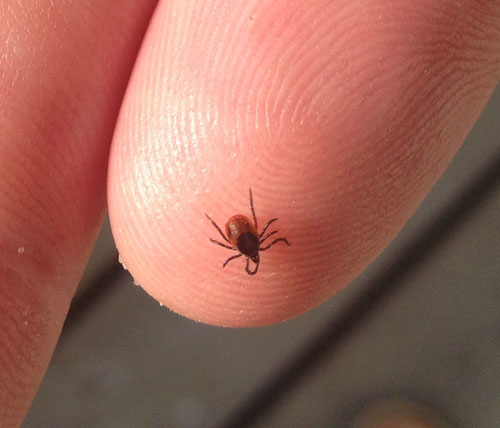
Could your approach to blood analysis be used widely to detect Lyme disease bacteria in patients? If so, how could this be implemented in labs in various locations?
Mysterud and Laane: We think our method and approach could come into wide use. Any laboratory that has an experienced microbiologist on the staff might do such microbe detection in blood samples. The basis of our interest in direct detection of bacteria in blood is its simplicity, its efficiency and the low cost. Regarding patients with “Chronic Borreliosis” and findings of spirochetes in blood samples, findings may in practice be connected with three groups of bacteria: 1) spirochetes emerging from root of teeth in persons with serious infections in the jaw, 2) syphilis, or 3) bacteria in the Borrelia group. A lab technician with some practical experience will be able to distinguish among those three possibilities. Further, the symptoms of the affected patient are usually characteristic.
Do you believe doctors in Norway can adequately treat the symptoms triggered by this disease?
Veronica and Bjorn: As long as doctors stick their heads in the sand and defend old and traditional ways of tests and treatments, they will not get one single inch closer to helping patients. We need doctors who are willing to try, in a structured way, to find treatments that are helpful, and personally we believe correct treatments will be individual.
Dr. Alina Thordarson: There aren’t many doctors in Norway that can recognize and adequately treat Lyme disease.
Dr. Bjorn Overbye: I am a real hard core school medical MD when it comes to diagnosing. However, I differ in one point. I have spent at least 2000 hours studying and writing about my investigations of Borrelia. Most doctors have not done this and they also don’t do what they promise, which is to take patients seriously. I have blood tested in all the conventional methods and I have also spent hours with clinical analysis. So my advice to other doctors is be more serious. The technology is there, the knowledge is there, don’t hesitate to learn and do something. This is not as easy as being told that Lyme Borreliosis is a simple infection and that a common two-step (ELISA and BLOT) diagnosis will be enough, and that a few antibiotics for a few weeks is all you need.

To what research do you believe scientists around the world must give priority in order to overcome the challenges the public faces with this disease?
Veronica and Bjorn: We need to gather researchers willing to look “outside of the box” so as to establish better tests and better treatment possibilities (including individual treatments) and see through old protocols and guidelines. The bio-engineer Oystein Brorson was the first in the world to discover that the cyst form of Borrelia Burgdorferi can be re-shaped back to ordinary mobile microbes. According to Brorson, it means that the Borreliosis must be reevaluated. The traditional antibiotics do NOT handle the cysts.
Dr. Alina Thordarson: Research should focus on better and more reliable tests, and on investigating the connection between neurological degenerative and inflammatory diseases such as ALS, MS, Parkinsons, Alzheimers as well as Fibromyalgia and Chronic Fatigue.
Dr. Bjorn Overbye: I am deeply inspired by the true genius of Professor Lynn Margulis and James Lovelock’s findings of the “living/thinking planet.” Man is a product of nature. What happens to nature happens to us. Polluted, imbalanced nature means polluted, imbalanced people. Secondly, Ultra Dark Field Microscopy (UDFM) is a very advanced science that has been neglected. Currently, I am working with others to make the world aware of Dr. Bela Bozsik from Budapest, who has successfully diagnosed 120,000 Lyme Borreliosis patients with serology and UDFM. Thirdly, antibiotics cannot be half-hearted. You must go all the way with enough to kill but you must supplement with nutrition, minerals, vitamins, enzymes, fatty acids and proper pro-biotics and plant medicines. You have to treat the whole person. I have met with professional herbalists from China, Germany, and Sweden and visited a top modern hospital in Korea where herbalists worked hand in hand with modern chemistry, producing wonders. The Koreans laughed at me when I told them about the low status of herbal medicine in the West. Finally, never neglect the spirit. To get myself healed, I had tremendous help from mental methods. Your mind is capable of feats such as enhancing the immune system beyond what you may believe is possible. So never underestimate the mind to heal. Even Borrelia can be influenced by a properly tuned immune system.
Why is raising awareness globally for tick-borne illnesses so important?
Veronica and Bjorn: Patients are able to share grim stories of mis-diagnosis, mis-treatment and successful treatments. In order for us to succeed in this uncertain terrain, we constantly need to address the issues, to create awareness and to make politicians aware of the wrongdoing we face. Sharing skills, knowledge, know-how and stories across countries puts us in a much better position to see new opportunities and to find possible treatments.

Photos courtesy of Ola Saether – University of Oslo, Veronica Zimmer, and Ivar Mysterud.
For more Ticks articles: click here
In The Global Search for Education, join me and globally renowned thought leaders including Sir Michael Barber (UK), Dr. Michael Block (U.S.), Dr. Leon Botstein (U.S.), Professor Clay Christensen (U.S.), Dr. Linda Darling-Hammond (U.S.), Dr. Madhav Chavan (India), Professor Michael Fullan (Canada), Professor Howard Gardner (U.S.), Professor Andy Hargreaves (U.S.), Professor Yvonne Hellman (The Netherlands), Professor Kristin Helstad (Norway), Jean Hendrickson (U.S.), Professor Rose Hipkins (New Zealand), Professor Cornelia Hoogland (Canada), Honourable Jeff Johnson (Canada), Mme. Chantal Kaufmann (Belgium), Dr. Eija Kauppinen (Finland), State Secretary Tapio Kosunen (Finland), Professor Dominique Lafontaine (Belgium), Professor Hugh Lauder (UK), Professor Ben Levin (Canada), Lord Ken Macdonald (UK), Professor Barry McGaw (Australia), Shiv Nadar (India), Professor R. Natarajan (India), Dr. Pak Tee Ng (Singapore), Dr. Denise Pope (US), Sridhar Rajagopalan (India), Dr. Diane Ravitch (U.S.), Richard Wilson Riley (U.S.), Sir Ken Robinson (UK), Professor Pasi Sahlberg (Finland), Andreas Schleicher (PISA, OECD), Dr. Anthony Seldon (UK), Dr. David Shaffer (U.S.), Dr. Kirsten Sivesind (Norway), Chancellor Stephen Spahn (U.S.), Yves Theze (Lycee Francais U.S.), Professor Charles Ungerleider (Canada), Professor Tony Wagner (U.S.), Sir David Watson (UK), Professor Dylan Wiliam (UK), Dr. Mark Wormald (UK), Professor Theo Wubbels (The Netherlands), Professor Michael Young (UK), and Professor Minxuan Zhang (China) as they explore the big picture education questions that all nations face today. The Global Search for Education Community Page
C. M. Rubin is the author of two widely read online series for which she received a 2011 Upton Sinclair award, “The Global Search for Education” and “How Will We Read?” She is also the author of three bestselling books, including The Real Alice in Wonderland.
Follow C. M. Rubin on Twitter: www.twitter.com/@cmrubinworld


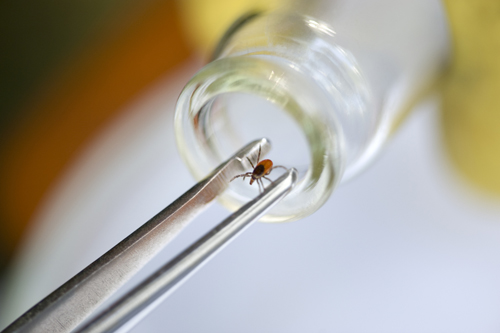
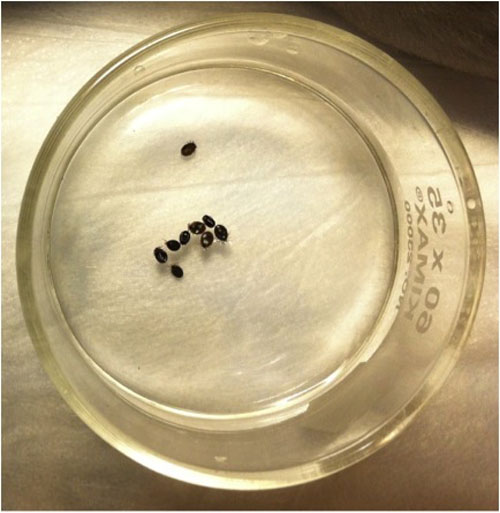
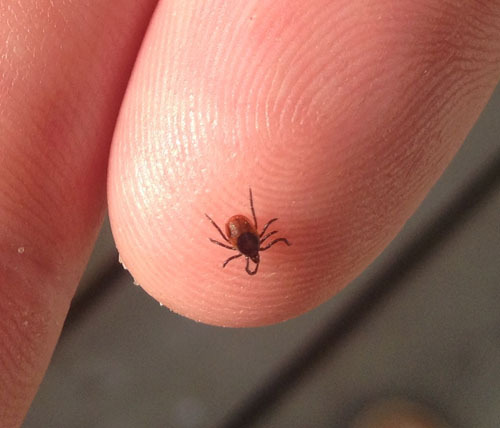
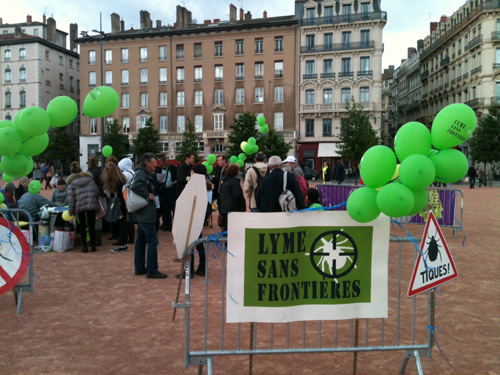
Recent Comments